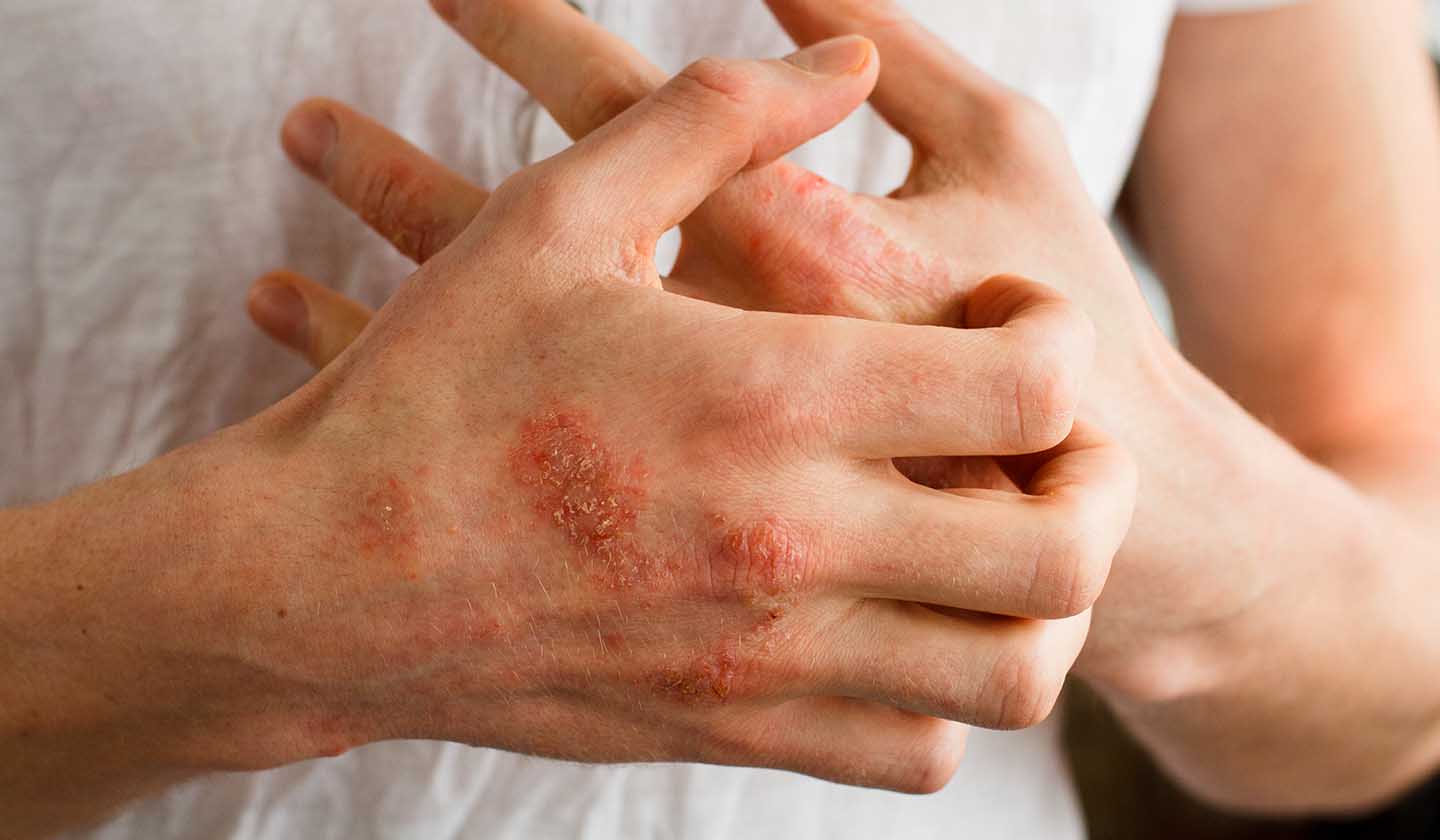Prevention
Receiving the Sun in Good Health

The sun is essential to life, but it can also be a threat. Learn how to benefit from the sun's rays and how to protect yourself, especially if you are sensitive to the sun.

The two sides of the sun
The sun is a source of life and health: it warms us up, contributes to the growth and strengthening of bones, regulates the rhythms of the body and gives us a feeling of well-being. But the sun also has a dark side and the sun's rays that reach the earth's surface are to blame:
ULTRAVIOLET RAYS A (UVA))
Present throughout the year. Prolonged exposure to this radiation causes wrinkles and blemishes that reveal premature skin ageing.
ULTRAVIOLET RAYS B (UVB)
They act on melanin, a substance which is responsible for skin colour, leaving our skin tanned; however, they are also at the origin of sunburns.
Both UVA and UVB rays contribute to the development of skin cancer.

When the sun causes allergy
Some people develop an allergic reaction when exposed to the sun. This phenomenon is called sun sensitivity - photo sensitivity - and it can manifest itself in several ways:

SUN ERUPTION
It is characterized by the onset of reddish spots of different shapes and by an intense pruritus (itching); these spots usually appear in the most exposed areas of the body (neckline, back of hands, arms and ankles). Sun eruptions occur mainly during spring and summer times, a few hours, or days after sun exposure; it may be accompanied by other symptoms, such as headache, tremors, nausea, and vomiting. These symptoms will disappear after a few days or weeks without exposure to the sun. It occurs mainly to people who are not regularly exposed to the sun, but it tends to disappear when the exposure becomes more frequent.
CHEMICAL PHOTOSENSITIVITY
In this type of allergy, the skin becomes red and irritated, scaling of the skin can occur and small bubbles may form. Sometimes, this allergic reaction can spread to unexposed areas of the body due to chemicals found in hygiene products, cosmetics, and some drugs (antidepressants, antimalarial drugs, medicines to treat acne, etc.).
SOLAR URTICARIA
It appears a few minutes after sun exposure and is characterised by large red papules accompanied by itching, especially in exposed areas.

These allergic reactions can be treated
The symptoms of different allergic reactions to the sun can be treated with a few simple actions and sometimes with medications:
- In the case of sun eruption and solar urticaria, you can apply fresh compresses or spray thermal water over the most affected areas.
If you need a medicine to relieve itching, ask your pharmacist for advice; - The treatment of chemical photosensitivity involves identifying - and avoiding - the substance that is responsible for the allergy, relieving symptoms with medication that should be prescribed by the physician.
Get medical advice if you are unable to sleep or to get dressed due to skin irritation, if the erythema spreads over the body or when you notice bleeding in the areas affected by the sun.

Prevention is better than treatment
Everyone should protect themselves from the sun's rays, but those who have more sensitive skin should re-double their care:
- Avoid direct sun exposure, especially between 12 pm and 4 pm;
- Use sunscreen with a high protection factor (30 or 50+) for UVA and UVB rays (reapply frequently);
- Wear lip protection and sunglasses with UV protection and keep the most sensitive areas of the body covered;
- Avoid using cosmetics and find out if the medicines you are taking can cause photosensitivity;
- Children: reapply sunscreen frequently; at the beach, make them wear a light cotton t-shirt and a wide-brimmed hat whenever they're not in the water; to avoid dehydration, offer them fluids regularly, even if they are not thirsty.
Sources
iSaúde
Farmácia Distribuição Magazine
Também lhe poderá interessar
Prevention
International destinations - Go, but go without worrying!
Prevention and treatment






